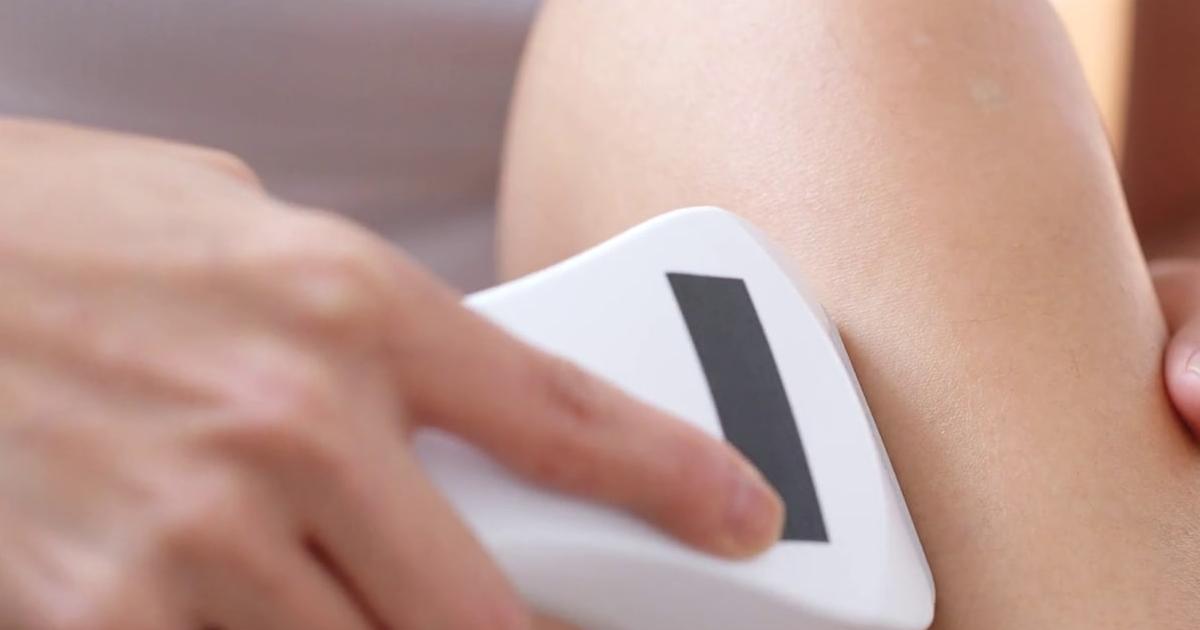Guide To Treating CREST Syndrome
Laser Surgery

For CREST syndrome patients who have calcinosis, laser surgery may help improve the pain and inflammation that result from it. Calcinosis happens when insoluble calcium salts are deposited in the subcutaneous tissue and the skin. Not only do they cause pain, but these deposits can pose problems with the functionality of fingers and joints. Laser surgery involves the use of a concentrated beam of low-level electric current to vaporize, dissolve, or shrink the calcium deposits.
In some cases, the deposits may be located deeper in the tissues of the muscle or joints, and in these cases, using a laser from the outside of the skin may not be entirely effective. Sometimes an incision has to be made to gain better access to the area where the deposits are so the laser can penetrate into the tissue and break them up. Often, laser therapy will be used as a treatment for large calcium deposits, and only in cases where this therapy proves unsuccessful will the surgeon proceed with traditional surgical excision. This includes cases where manual excision would be a complicated and problematic procedure for the patient.
Uncover more methods of treating CREST syndrome now.